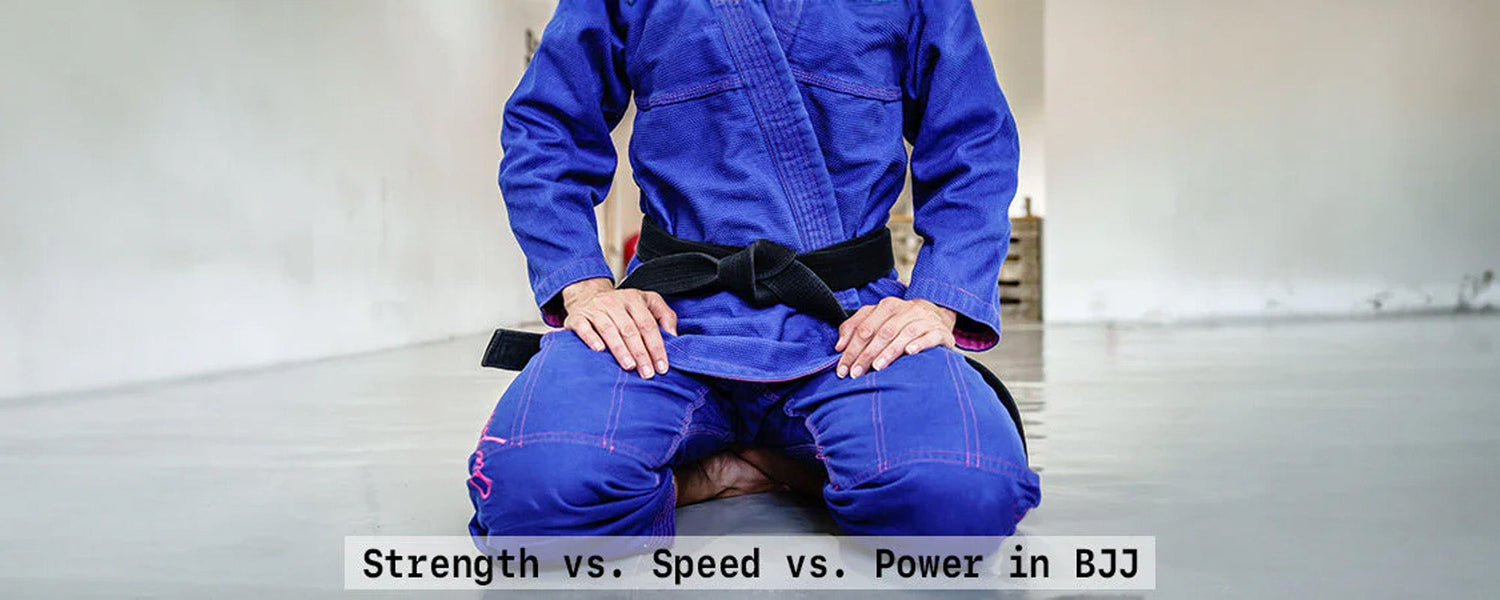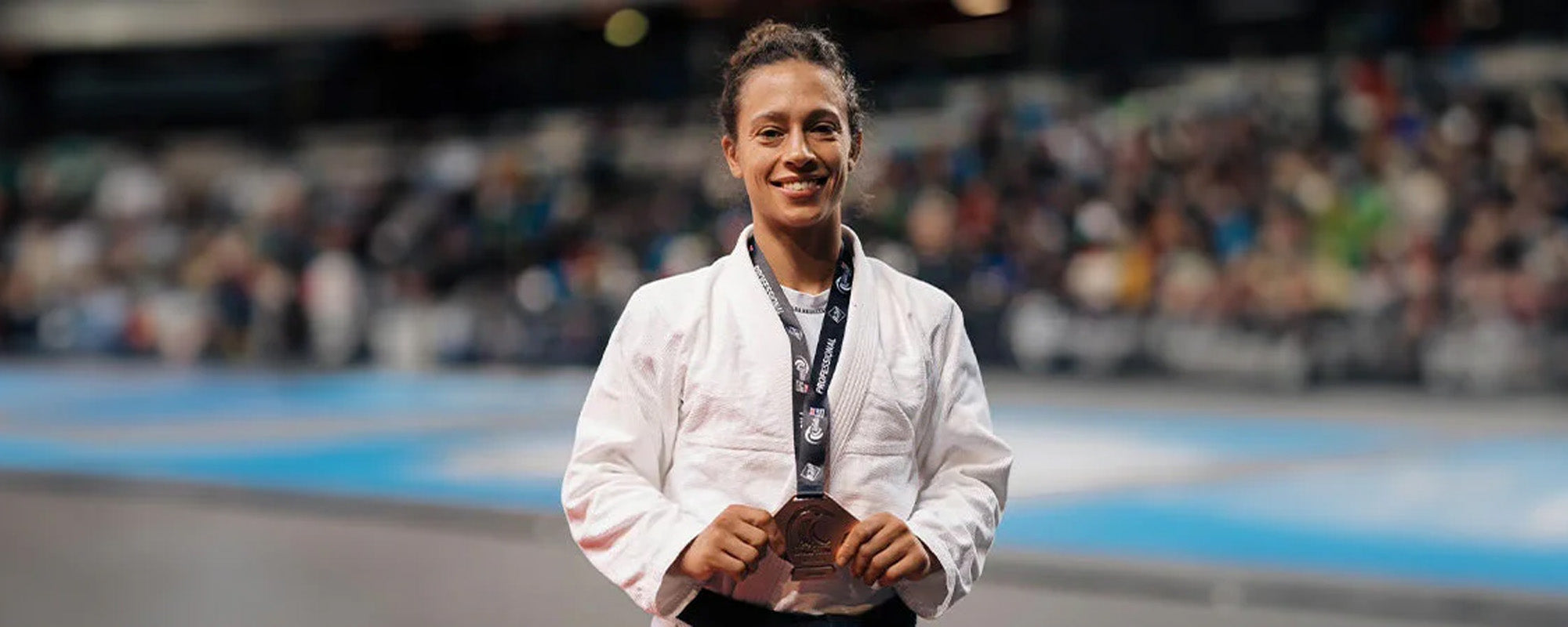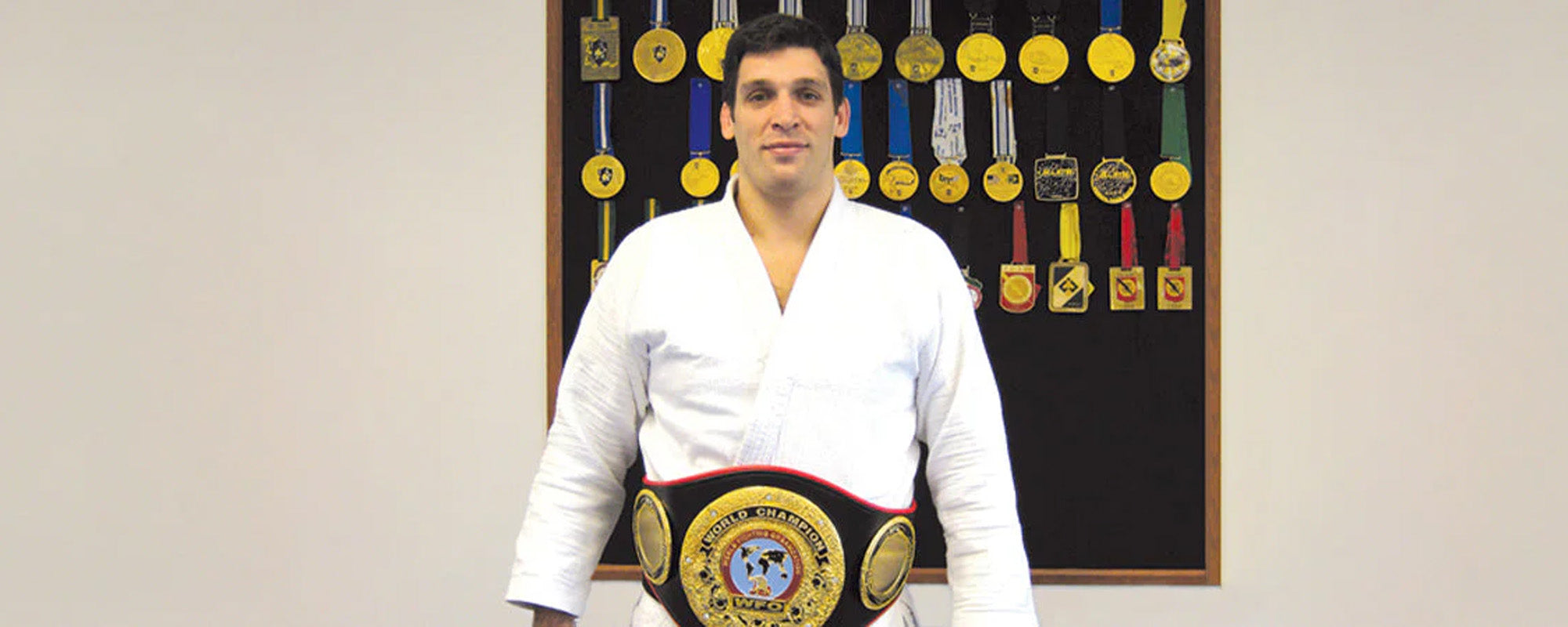Table of content
1. Strength in BJJ
In BJJ, strength helps a fighter defend against and submit opponents. You use your strength most effectively when combining multiple techniques. Ways that strength can be applied include:
- Control: Strength helps fighters maintain control over their opponents by applying pressure.
- Escape Submissions: Strength make grapplers able to break free of and escape their opponents’ submissions.
- Grip Strength: Grip strength is important in applying various techniques, maintain positions, and control your opponent.
1.1. Strength Importance in BJJ
In BJJ, having good strength can be important, especially in controlling positions, breaking grips, and applying submissions. However, techniques and leverage are often more necessary than pure strength, which can make small practitioners able to overcome stronger practitioners.
1.2. Best Workouts to Build Up Strength for BJJ
BJJ strength workouts involves anaerobic workouts, including plyometrics. Anaerobic exercises refers to doing high-intensity activities within a short period of time. Plyometrics includes making multiple movements at different speeds and force to build muscle strength. These kinds of workouts can help in making arm muscles strong and improve flexibility. Listed below are the four good strength exercises in jiu-jitsu:
Medicine Ball
A medicine ball workout can be helpful in strengthening the glutes, thighs, chest, and arms muscles. This workout includes executing simple but intense movements. It can be an effective way to gain strength and enhance performance in jiu-jitsu. If you are a novice, initiate with a lightweight medicine ball. As you build up muscle strength, increase the weight of the medicine ball. Try to do light stretching before and after the workout to avoid muscle stiffness.
Medicine Ball Squat:
- Begin with your feet shoulder-width apart.
- Pick up the medicine ball and place it on your chest under your chin.
- Press the ball against your chest and bend down towards your feet.
- Keep your back straight and your eyes focused.
- Repeat.
Medicine Ball Russian Twists:
- Pick up the medicine ball.
- Throw it as hard as you can towards the wall by applying force from the middle of your chest.
- Perform 10 or more throws.
Jumps
Jumping is a plyometric exercise that strengthens the legs and hips. It is recommended that you do jumping exercises at least twice per week. Listed below are jumping exercises that can help increase lower body strength:
- Jump in order
- Squat jumps
- Long jump
- Box jumps
Pull-Ups:
Because BJJ involves a lot of pulling and grabbing, every BJJ fighter must have a strong grip. You can increase your upper body strength by doing pull-ups. Listed below are types of pull-ups you can do:
- Switch grip pull-ups
- Burpee pull-ups
- Sternum pull-ups
2. Speed in BJJ
In BJJ, most people focus on physical speed. Physical speed invoke to raw athletic ability, including agility and mobility. Mental speed refers to your aptitude to make instant decisions in a competitive environment. Technical speed is how fast and efficiently you can execute techniques. You can improve technical speed and agility by frequently practicing drills over the mat. Meanwhile, the best way to improve mental speed is by visualizing your techniques and rehearsing the movements. Ways that speed is essential in jiu-jitsu include:
- Transition Between Positions: Speed helps you switch between guard positions and get into a dominant position.
- Maneuverability: Speed helps you outmaneuver and pass through the guards of bigger and stronger opponents.
- Escape Submissions: Speed helps you to evade your opponents and get out of holds when pinned on the ground.
2.1. BJJ Speed Drills
Listed below are BJJ drills to help improve your speed, execution, and efficiency:
- Kimura Sit-Ups: Kimura sit-ups are executed from a closed guard. Your goal is to sit up while attempting to grab one of your opponent’s arms, bring it onto the ground, and then repeat with the other arm.
- Koala Sweep Sit-Ups: Koala sweep sit-ups are executed from an open guard while sitting. You move your legs to the right in a sweeping motion, tightly grappling one of your opponent’s legs.
- Double Leg Drag: The double leg drag can catch your opponent off guard, keeping their back and legs bent. Your goal is to maintain a strong grip on the opponent’s gi and try to pull both legs towards either side of your body.
- Single Leg Drag: The single leg drag is similar to the double leg drag, except you only focus on one leg. In a single leg drag, you only try to pull your opponent towards one side of your body.
3. Power in BJJ
In BJJ, power is the ability to apply force within a short length of time. Despite sounding similar, power and strength differ in terms of length of time. For example, taking 60 seconds to deadlift 600 lbs makes you strong. Meanwhile, being able to deadlift 400 lbs in 2 seconds makes you powerful.
3.1. Improve Power in BJJ
To improve your power output, it is important to incorporate training that teaches you how to control how much energy you exert, like CrossFit training. You also need to work on timing when to exert more power to effectively inflict as much damage on your opponent.
3.2. Which is Better: Power or Speed?
Though BJJ fighters require both power and speed to be effective, speed is slightly more important. However, the effectiveness of speed or power depends on how you integrate them with your overall skills set.
3.3 Which is Better: Strength or Speed?
Both strength and speed are equally necessary because you need to be strong enough to take down your opponent and fast enough to execute techniques before them. The effectiveness of each attribute is depends on certain factors including your individual style, and strategy.
3.4 Which is Better: Strength or Power?
Most people confuse strength and power as the same thing but they have slightly different purpose and are valuable in different scenarios. However, power is slightly more important in BJJ since it combines aspects of strength and speed.
4. Strength vs. Speed vs. Power in BJJ

5. FAQs
5.1. In a fight, does weight matter more than skill?
In BJJ, weight only matters if the fighter possesses excellent skills and techniques. Without skills, weight can be dangerous for you. If you are small but have excellent skills, you can easily take down the heavier opponent but only if he lacks skills.
5.2. In a fight, is strength or skill better?
You need both strength and skill to take an opponent to the ground, especially if they are bigger than you. But skill generally holds more importance in BJJ fight than sheer strength. While strength is certainly more advantageous for scenarios like controlling or escaping positions.
5.3 How to balance strength training and BJJ?
Balancing strength training and Brazilian Jiu-Jitsu needs careful planning. Try to incorporate strength training even on non-BJJ days or in isolated sessions to avoid overtraining. Prioritize proper, nutrition, sleep, and mobilization for recovery.
6. Conclusion
In BJJ, a balanced combination of these qualities is often more efficient than relying more on one. Balancing strength, speed, and power when executing techniques will help improve your skills as a BJJ fighter and contribute to your overall effectiveness on the mat. However, each attribute’s importance depends on various factors including controlling or escaping techniques, applying submission, taking down, and on applying for certain positions.












Leave a comment
This site is protected by hCaptcha and the hCaptcha Privacy Policy and Terms of Service apply.